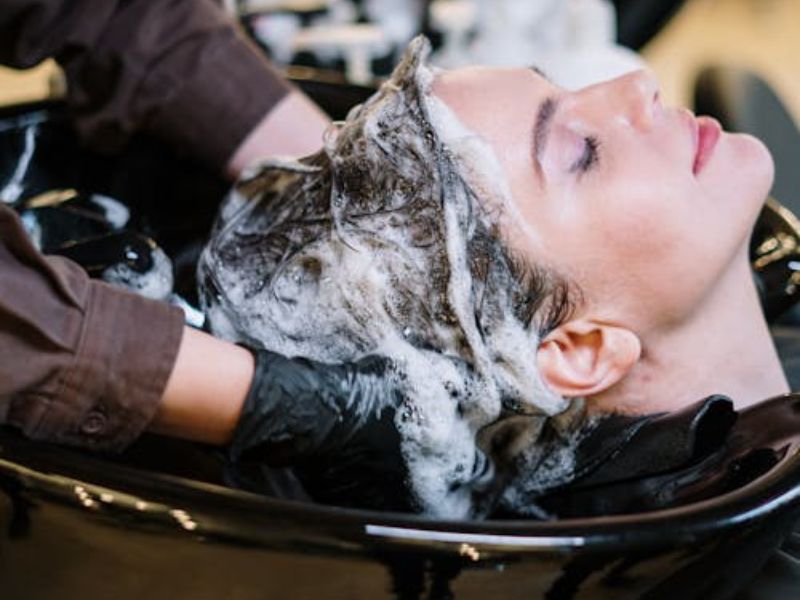Educator and celebrity hairstylist Monae Everett defines a protective style as “any style that covers your hair and tucks away the ends.” Examples include weaves, twists, braids, and wigs. According to certified hair practitioner Gaby Nijbroek, the ultimate protective style is glueless wigs.
In her opinion, protective styles are too tight, causing traction alopecia and scarring alopecia. Unlike weaves and braids, wigs don’t irritate the follicle. Maintaining your natural hair with protective styles is low maintenance and fashionable, but doing so doesn’t mean you don’t need to maintain it. The style won’t be protective if you don’t care for your natural hair.

Image Credit: Pexels/cottonbro studio
Winter hair care requires more TLC to prevent breakage and moisturize strands. You’ll need to be proactive in treating your hair if you rely on protective styles. The experts share how to protect your tresses underneath that fabulous protective style.
Cold Weather Can Damage Hair More
Trichologist Dr. Isfahan Chambers-Harris, the cofounder of Alodia Haircare, said cold weather leeches moisture out of hair. According to Chambers-Harris, winter clothing can also cause friction and evaporation of moisture from your hair.
The hair becomes very dry as a result. Those with chronic scalp conditions may be particularly affected. It is possible to experience breakage when moisture levels in the hair decline.

Image Credit: Pexels/Yan Krukau
What Can You Do To Protect Your Hair?
- Prevent damage to your hair by maintaining your protective style
- Prep your hair by cleaning and moisturizing the scalp and trimming the strands
- Keeping your hair and scalp moisturized is essential after the style
- Lubricate your hair follicles with jojoba oil daily
- Deep conditioning every week
- Wear silk scarves, bonnets, or hair buffs at night and sleep in silk or satin pillowcases.
- While sleeping, wear your hair in a pineapple, so you don’t roll on it, as it may pull at the style and cause tension.